12 Best Foods For Women to Build Muscle
Growing up I was always playing sports and lifting, building muscle along the way. As a teenager though, I thought the muscle was coming just from the exercise and weights. Little did I realize what role everything I was eating played in it. If you saw my meals…steak, burgers, chicken, eggs, more burgers… they all had one huge common factor, protein.
Now, as the older and much, much wiser 😉 woman I am, but more so since becoming a Stanford Medicine certified nutritionist and starting my own nutrition business, Stripped with Melissa, I've changed some of my unhealthy eating habits but stuck with the most important factor for keeping my muscles growing and thriving…the protein! Protein for women is especially crucial because as we age and especially during menopause, our muscles become more resistant to protein. Adding in enough protein during the day ensures our muscles retain enough to keep repairing and growing.
How do we get all that protein though? Well, this is your lucky day! Here is a list of my top proteins to help maintain your healthy weight, keep your muscles and bones strong, and to even aid in healthier skin, hair, and nails. Check all this deliciousness out!
Cows Milk
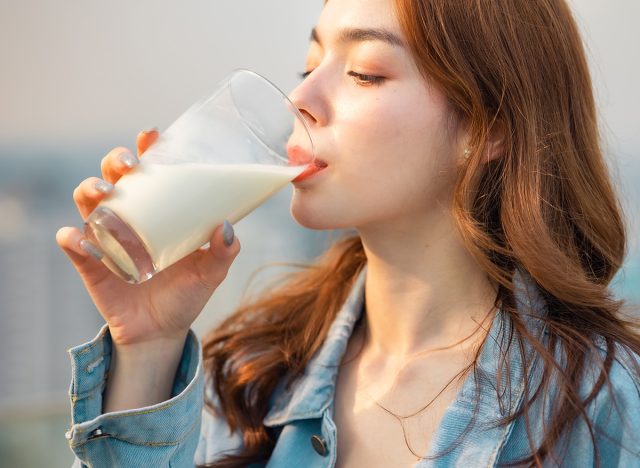
Milk is great for building muscle because it's not just a source of protein! It also has calcium, B2 and B12. This is a wonderful addition to your smoothies or coffee for a little extra protein lovin. It's a simple thing to do for maintaining your muscle.
Avocado Yay!!!
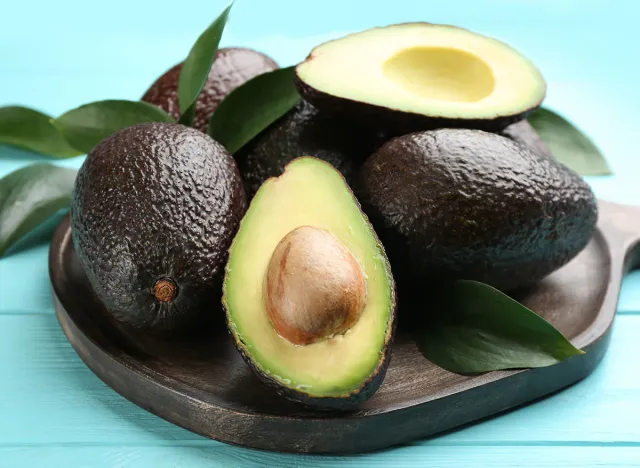
I absolutely love avocados! Not only are they full of healthy fats but they are also packed with a ton of nutrients. You can have your avocado plain with sea salt, put it on whole grain toast, or bake it in the oven and top it on your salad. Ok I'll stop now, so many options. Just eat avocado and get that lean muscle going!
Related: 14 Ways to Get Back in Shape
Nut Butter-licious!
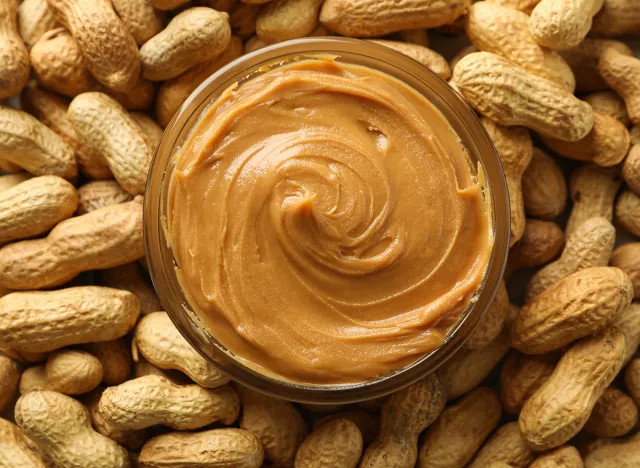
Yes, more healthy fats! Almond butter and peanut butter are high in protein and provide all the essentials needed for building healthy muscles.
Oh, the Joy of Soy Protein!
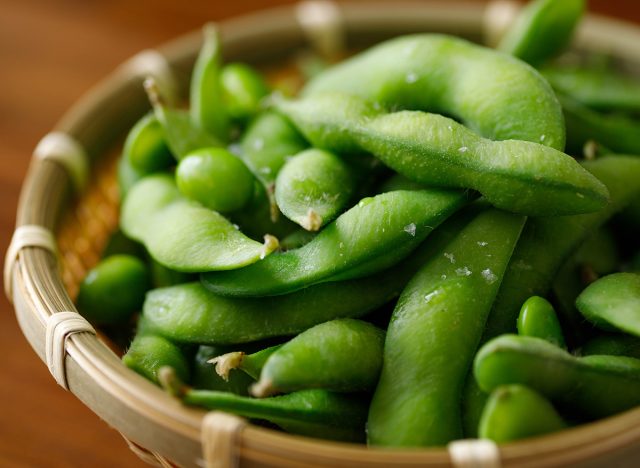
There are many kinds of soy protein including tofu and edamame, which is my personal favorite. Soy is a completely plant-based protein with all the amino acids our body needs.
Lentils
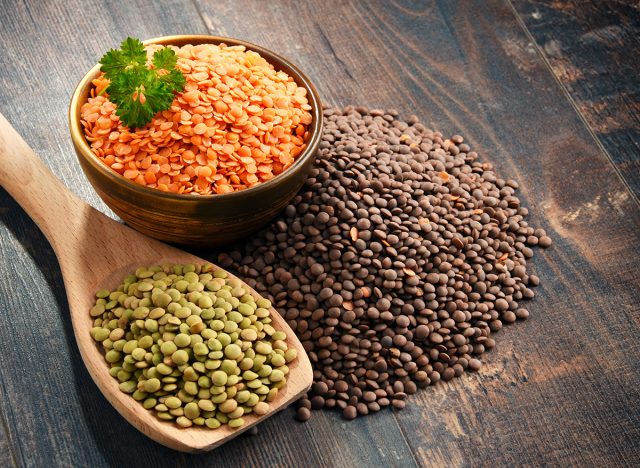
Lentils are great for building lean muscle as a powerful source of protein. Lentils are also a great post-workout food because of their vitamins, minerals, and nutrients!
Amaranth
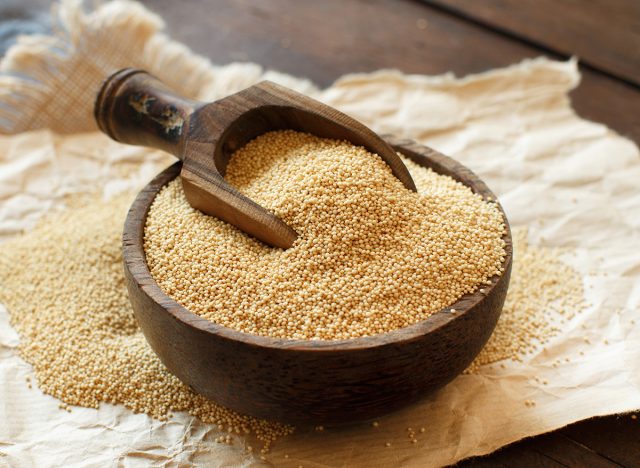
Amaranth is so rich in protein that it contains nearly double the amount found in corn or rice. Amaranth contains lysine which helps our body absorb calcium, produce energy, and build stronger muscles. On top of all that goodness, amaranth is high in iron!
RELATED: 15 Foods to Sustain Weight Loss After Ozempic and GLP-1 Meds
Oat-tastic!
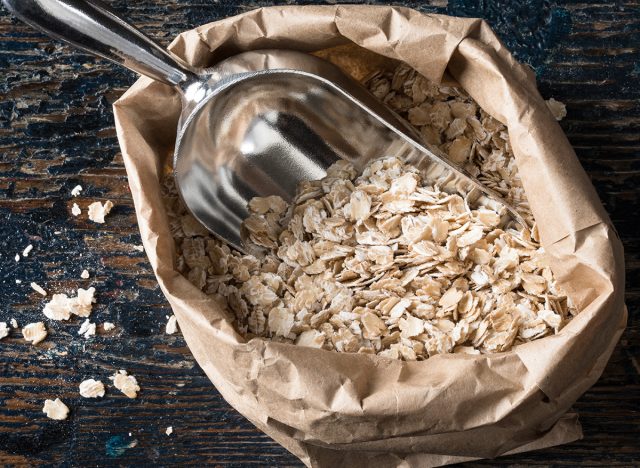
Oats are incredible as a healthy and complex carbohydrate. Complex carbs provide long term energy which makes them the perfect choice for workouts and muscle growth!
RELATED: 15 Foods to Sustain Weight Loss After Ozempic and GLP-1 Meds
Lean White Meat
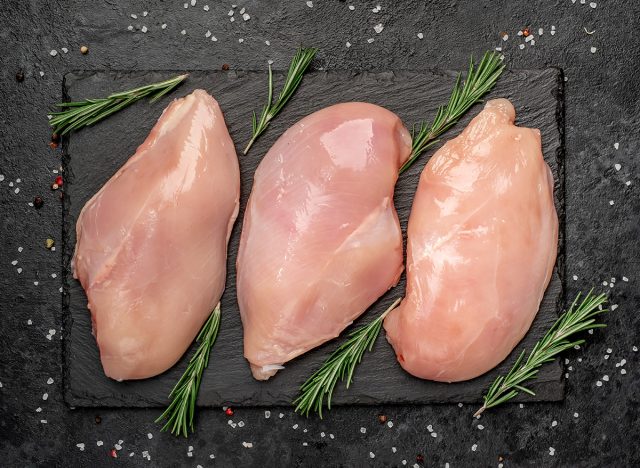
Skinless white meat poultry like turkey and chicken breast are loaded with protein and low in calories and fat. They also contain the amino acids, vitamins and minerals that are the key components in not only building muscle but maintaining it as well.
Related: I Lost 30 Pounds by Changing My Mindset Using These Simple Strategies
The Chicken of the Sea
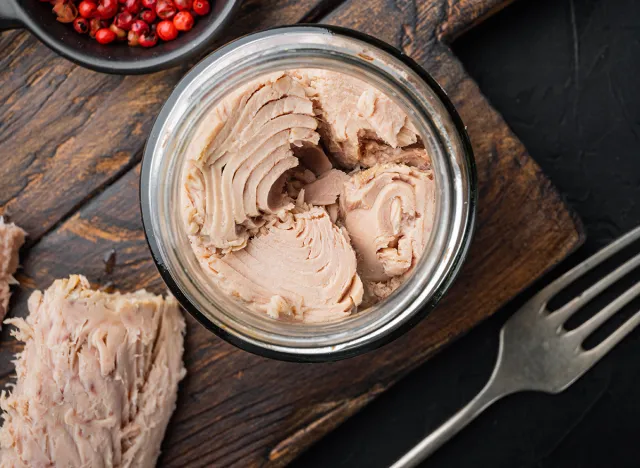
Canned tuna fish and salmon are majorly rich in omega3 fatty acid which reduce muscle loss and increase muscle mass. Make sure to get it packed in water and not oil to avoid the extra fat!
Protein powder
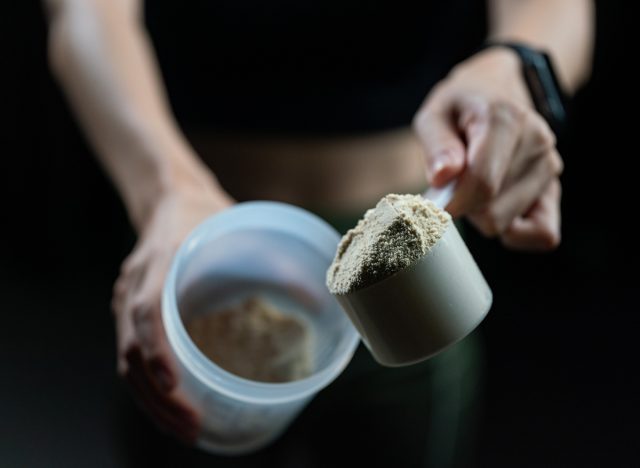
When in doubt, protein powder it out! Protein powder is such an amazing way to get the extra boost of protein we need and there are so many tasty ones on the market now. Protein powder can be added to your favorite smoothie with a variety of protein-packed rockstars like yogurt, milk and fruits. Hot tip…take protein powder after your workout because our bodies have an anabolic for sucking that protein up and getting the most out of it!
Collagen

Collagen is incredible for so many reasons, helping to keep our muscles, joints, and circulation strong. It aids in the boost of muscle proteins, like creatine, which promotes muscle growth after exercising. Collagen also helps with glycine production, which is essential for building lean muscle.
RELATED: 50 Subtle Signs You May be Sick
Bestie Broccoli!
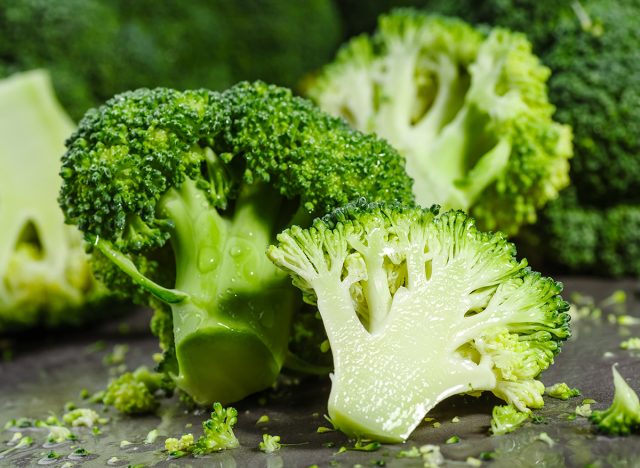
I know it sounds odd, but I am borderline obsessed with broccoli! Broccoli is one of THE top foods for building muscle. Those non-meat eaters, this one's for you. Plant based and packed with not only protein but a ton of incredible vitamins and nutrients. Broccoli is one of the most nutritious foods you can eat! If you enjoyed this article, don't miss 20 Foods That Strip Belly Flab.
Melissa Pfeister, founder of the program Stripped with Melissa, is a Stanford Med Certified Nutritionist.





